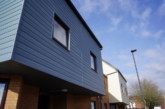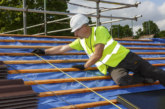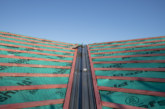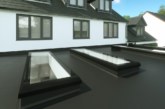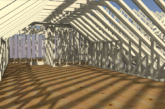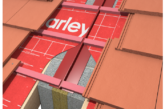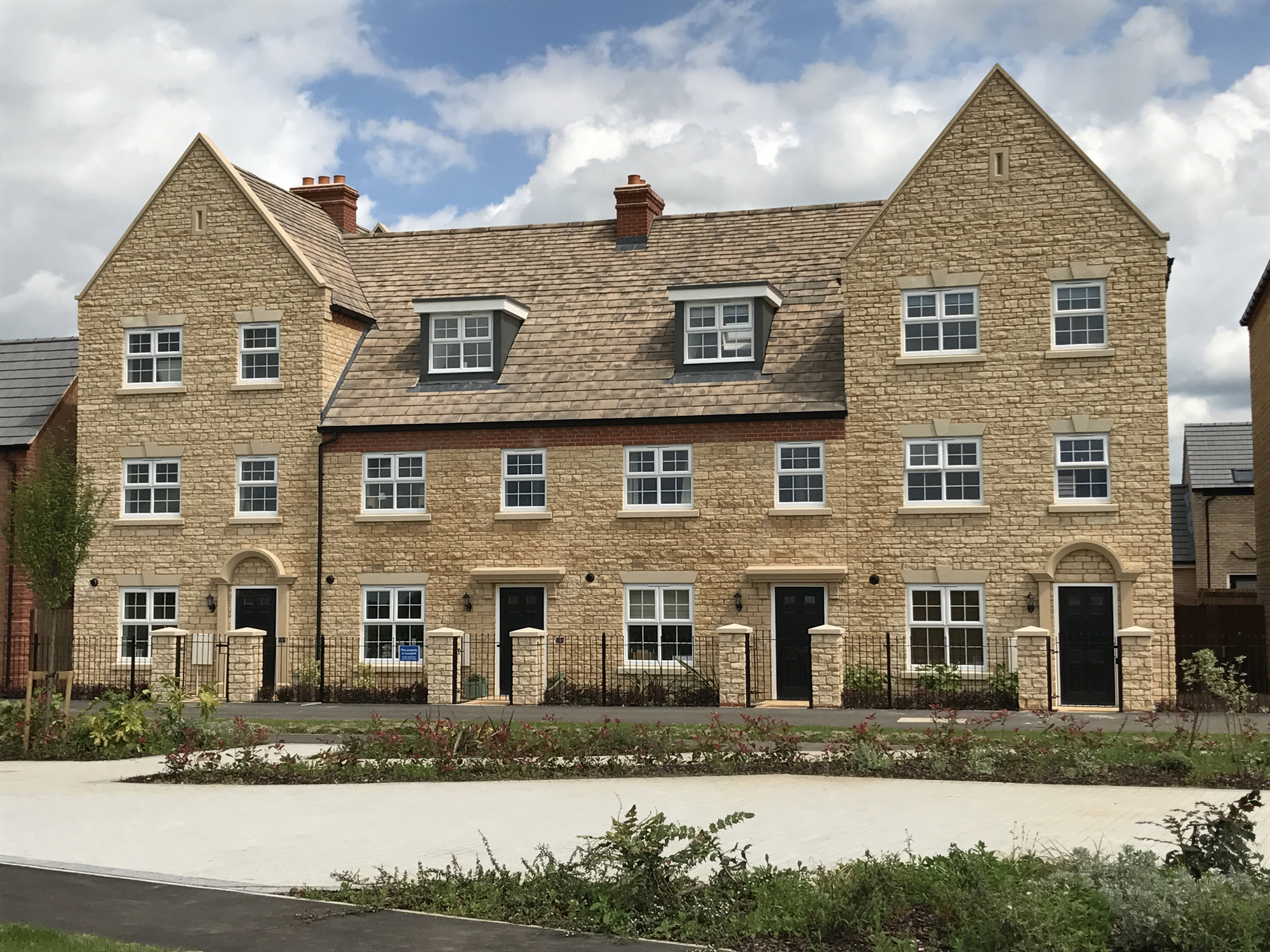
John Lambert, Managing Director at Forticrete, looks at how localism is driving material specification and how concrete alternatives can help maintain the ‘status quo’ of the local vernacular.
The latest figures from the Ministry of Housing, Communities and Local Government show that between July and September 2017, district planning authorities in England granted 12,500 residential applications – a 3% drop on a year earlier.
Although there are no official statistics, the design and appearance of a development are the most likely reasons why planning applications are rejected by planning committees.
Localism is driving specification
The introduction of the Localism Act 2011 seven years ago saw a fundamental shift of power away from central government towards individual communities. These powers give people more say on the look and feel of new housing developments within their boundaries as part of the Neighbourhood Planning process.
As part of this, there has beenwide-scale interest on a local level regarding the specification of construction materials used by housebuilders and developers. The pursuit of materials that blend with the local vernacular is now the ‘norm’ and not simply the preserve of small-scale, high-end build projects.
However, the challenge faced by housebuilders and developers is to meet this increased interest in material specification in a cost-effective way, without compromising on quality.
Durability and aesthetics
In rural, historically sensitive locations and greenbelt or conservation areas, where traditional building materials such as natural stone or slate dominate the established specification, such challenges are greatest.
“The pursuit of materials that blend with the local vernacular is now the ‘norm’ and not simply the preserve of small-scale, high-end build projects.”
If we look at roofing, durability and aesthetics must work together. Natural slate has been a popular choice, but its specification can cause delays whilst products are sourced. It is also an expensive option due to quarrying, cutting and transport costs, significantly increasing the cost per unit.
There are a number of roofing solutions which mirror the aesthetics of natural slate but offer a more competitive price point, can be deployed easily and are guaranteed to stand the test of time.
Roof tiles that are formed of concrete, such as our Hardrow Roof Slates, provide an aesthetically pleasing solution offering virtually the same architectural properties as natural stone or slate. They retain a characteristic that mellows with age – as with natural stone, the individual colouring of these tiles varies slightly from slate-to-slate, recreating the traditional appearance local planners and communities crave.
These visually sympathetic materials are so in-keeping with the authentic character of the surrounding area that in some instances, the use of stone slate alternatives has gone unknown, making them particularly suitable for use in regions where a natural stone slate appearance is required.
Local solution
Taylor Wimpey (East Midlands) is once such developer who needed to take local planning requirements into consideration when building its collection of one-, three-, four- and five-bedroom properties in the historic town of Stamford.
Built around picturesque seventeenth and eighteenth-century buildings, Taylor Wimpey Homes (East Midlands) specified Forticrete’s Hardrow Slates in diminishing courses in Barley for an authentic traditional appearance.
Kevin Bendall, Design and Planning Executive at Taylor Wimpey Homes (East Midlands), commented: “With Stamford steeped in historic charm, it was vital that we found a tile that provided an authentic traditional appearance. It was clear that Forticrete’s Hardrow Slates in diminishing courses provided the ideal solution. The Barley colour was chosen as it ensured the stimulating finish both ourselves and the local vernacular required.”
We’ve had the same conversations with architects, specifiers and housebuilders many times over about how they can create aesthetically pleasing buildings that blend in the surrounding area. Part of our role is to help them have a thorough understanding how alternative products can help make planning and building a much quicker process. We tell them that concrete can strike the perfect balance whilst staying within budget. It is the sustainable choice that is win-win option for everyone in the supply chain.
It is vital that housebuilders and developers are fully aware of the innovative alternatives available to them. It is our job to provide guidance on how they can provide the versatility, performance and aesthetics required to meet planning requirements using concrete alternatives.


